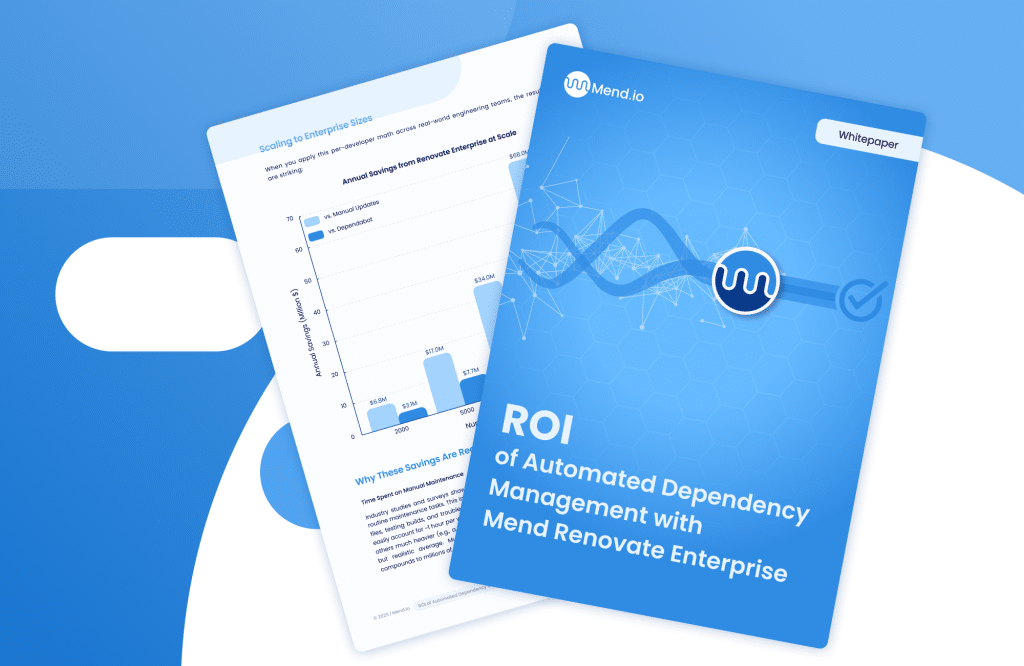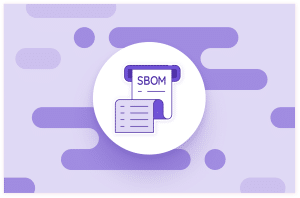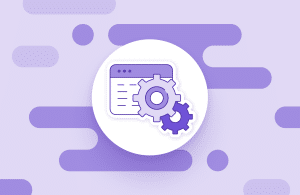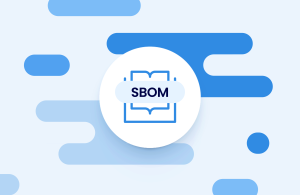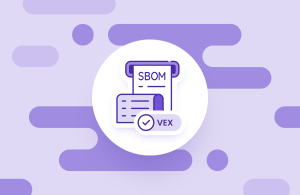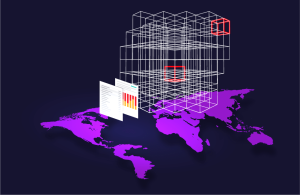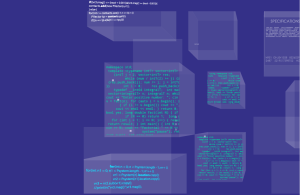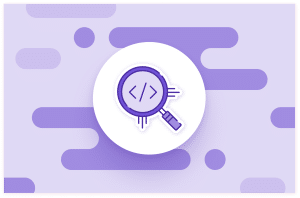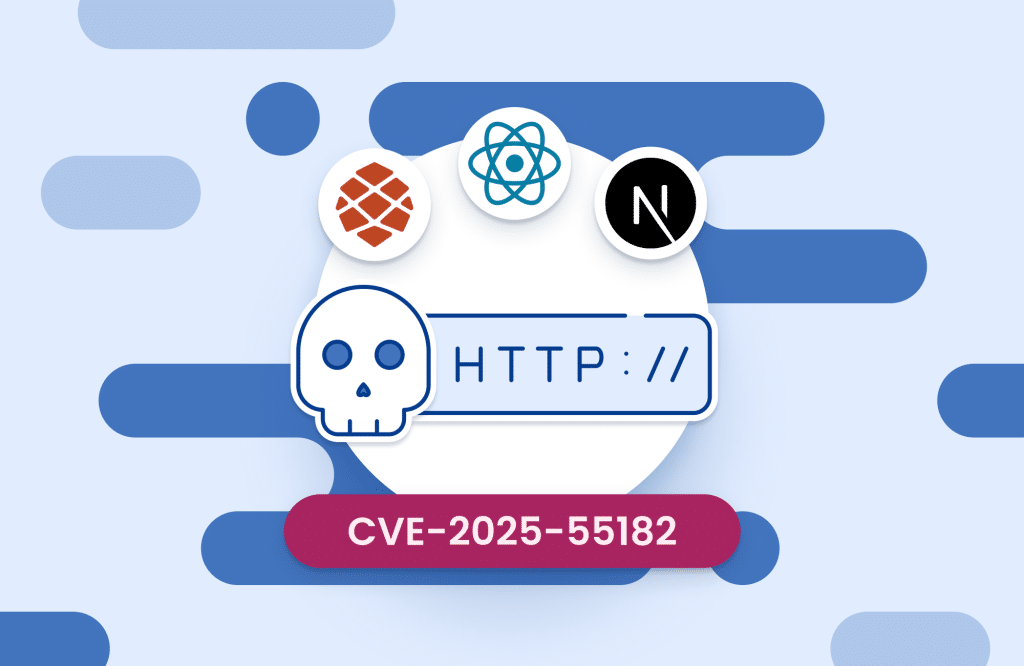Table of contents
What Is SBOM Software and Why It Matters

A Software Bill of Materials, or SBOM, is a detailed inventory of all the components that make up a software application. It includes open source libraries, proprietary code, containers, and their dependencies. In many ways, an SBOM is like an ingredient list for food packaging. Just as consumers rely on labeling to understand what is in the food they eat, organizations rely on SBOMs to know what is inside the software they build, buy, or deploy.
Managing SBOMs manually is time-consuming and prone to error. That is why SBOM software has become essential. These tools automate the creation, maintenance, and auditing of SBOMs, ensuring that applications are secure, compliant, and transparent. As governments and industries push for more rigorous supply chain security, SBOM software is moving from a nice-to-have to a regulatory requirement.
This article explores what SBOM software is, why organizations need it, how it is used in practice, and what features to look for when choosing a solution. We will also discuss how SBOM software fits into broader application security strategies. It is also part of a series of post about SBOM.
What Is SBOM Software
SBOM software refers to tools and platforms that automatically generate and manage a Software Bill of Materials. Instead of manually cataloging components, SBOM software scans code, dependencies, and containers, then produces an SBOM in a recognized format such as SPDX, CycloneDX, or SWID.
The goal of SBOM software is not only to create an inventory but also to maintain it. As applications evolve, new dependencies are added and old ones are removed. Without automation, it is nearly impossible to keep SBOMs accurate.
To learn more about the formats supported by SBOM tools, see our guide to SBOM formats.
Why Organizations Need SBOM Software
The case for SBOM software is strong. Organizations across industries are facing increased pressure to adopt SBOMs as part of both security best practices and regulatory compliance. Here are some of the main drivers.
Security
SBOMs help organizations identify vulnerabilities in third-party components. When a new flaw is disclosed, teams can quickly search their SBOM to determine if they are affected. SBOM software makes this process seamless by integrating vulnerability monitoring and alerts. For more on how SBOMs improve security, see our article on SBOM security.
Compliance
Open source software licenses carry obligations that organizations must follow. Without visibility, companies risk violating licenses such as GPL, which can have legal consequences. SBOM software tracks and documents all licenses, simplifying compliance and reducing risk.
Transparency
Buyers increasingly request SBOMs from vendors to verify the security of software before purchase. SBOM software enables suppliers to provide accurate, standardized SBOMs, increasing trust and improving procurement processes.
Incident Response
In the event of a zero-day vulnerability, SBOMs enable faster triage and remediation. When paired with Vulnerability Exploitability Exchange (VEX), SBOM software helps prioritize which vulnerabilities are exploitable and need immediate attention. Learn more about VEX for SBOMs here.
Business Value
Beyond security and compliance, SBOMs communicate the value of your software. They show that your organization takes transparency and resilience seriously, which can be a differentiator in the marketplace.
How SBOM Software Is Used in Practice
SBOM software is not just about producing static files. It provides real value when integrated into real-world workflows. Here are examples of how organizations use SBOM software.
Continuous Integration and Continuous Delivery
Development teams integrate SBOM software into their CI/CD pipelines so that every build generates an SBOM automatically. This ensures that software shipped to production always comes with an up-to-date inventory.
Container Security
Modern applications rely heavily on containers. SBOM software can scan Docker images and container registries, generating SBOMs that list every package inside. This visibility allows teams to detect outdated or vulnerable components and update Docker containers faster.
Vendor Risk Management
Procurement teams use SBOM software to validate SBOMs provided by third-party vendors. This helps ensure that suppliers meet security requirements and reduces supply chain risk.
Audit and Compliance
Enterprises use SBOM software to maintain consistent records for compliance audits. This is particularly valuable in regulated industries such as healthcare, finance, and defense. For best practices, see our guide to SBOM audit.
Core Features of SBOM Software
Not all SBOM tools are the same. When evaluating solutions, look for these core capabilities:
- Automated generation of SBOMs across applications, containers, and dependencies
- Support for multiple formats including SPDX, CycloneDX, and SWID
- Continuous monitoring for vulnerabilities and license risks
- Integration with CI/CD pipelines and development tools
- Context-aware vulnerability prioritization with VEX
- Reporting, dashboards, and audit trails
- Scalability across large enterprise environments
For a closer look at leading solutions, check out our guide to SBOM tools.
Choosing the Right SBOM Software
When selecting SBOM software, consider the following factors.
- Open source versus enterprise: Open source generators may work for small projects, but larger organizations benefit from enterprise-grade platforms that include monitoring, reporting, and support.
- Integration: Ensure the software can integrate with your development stack, including GitHub, GitLab, Jenkins, and container registries.
- Regulatory requirements: Choose a tool that aligns with your industry’s compliance obligations. For example, healthcare providers may need features that support FDA requirements.
- Scalability: Consider whether the software can handle the size and complexity of your applications.
- Vendor support: Evaluate whether the solution provider offers timely updates, community support, and ongoing development.
Related Security Practices
SBOM software is one part of a larger application security strategy. It works best when combined with practices such as software composition analysis. These tools extend beyond SBOM generation to provide real-time vulnerability detection, license tracking, and automated remediation. See our guide to software composition analysis tools for more information.
The Future of SBOM Software
SBOM software will continue to evolve as regulations expand and security needs grow. Key trends include:
- AI-driven SBOM analysis that predicts attack paths and prioritizes risks
- Deeper integration into procurement and vendor management processes
- Standardization across industries for interoperability and adoption
- Expansion of regulatory requirements worldwide
As the software ecosystem becomes more complex, SBOM software will remain central to building resilient applications and protecting supply chains.
Key Takeaways
- SBOM software automates the generation and management of software bills of materials
- It improves security, compliance, transparency, and incident response
- Features to look for include multi-format support, automation, monitoring, and reporting
- Choosing the right SBOM software depends on your environment, compliance needs, and scale
- SBOM software is becoming a regulatory necessity and a business differentiator
Frequently Asked Questions About SBOM Software
What is SBOM software?
SBOM software is a tool or platform that automatically generates, manages, and audits a Software Bill of Materials. It provides visibility into all the components that make up an application.
Why do I need SBOM software?
You need SBOM software to identify vulnerabilities, manage open source licenses, comply with regulations, and increase transparency in your software supply chain.
What are examples of SBOM software use cases?
Examples include generating SBOMs in CI/CD pipelines, scanning containers, validating vendor SBOMs, and maintaining compliance audit trails.
How does SBOM software improve security?
SBOM software improves security by continuously monitoring for vulnerabilities in third-party components and helping teams prioritize remediation with context provided by VEX.
How often should SBOMs be generated?
Best practice is to generate an SBOM with every build or release. SBOM software automates this process to ensure accuracy and consistency.
